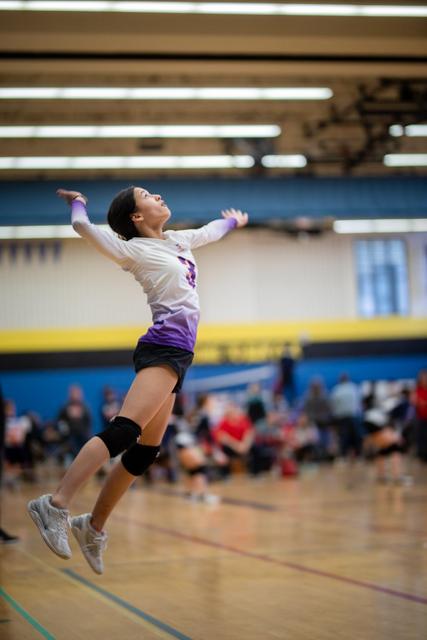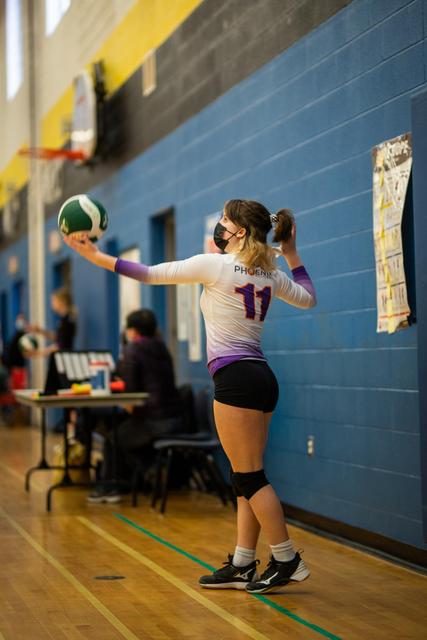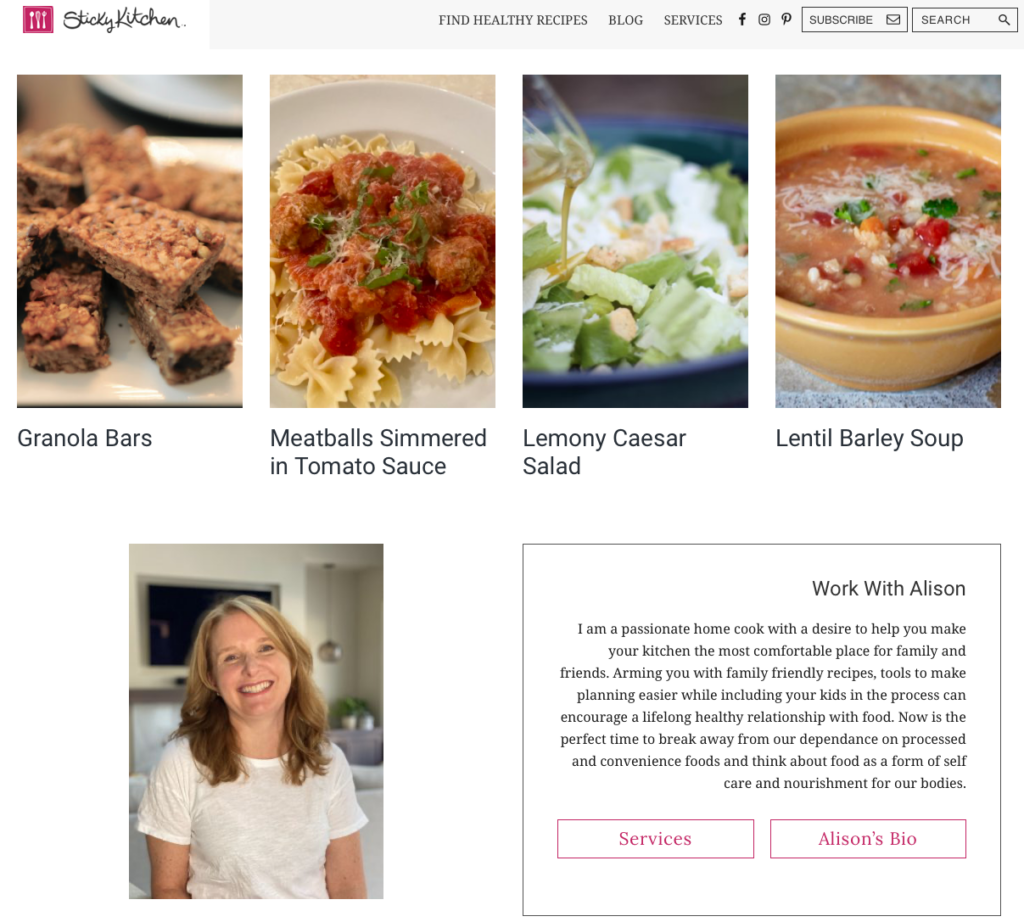
Parents often express the concern: “My child excels in practice, but when it’s time to compete, their performance falls short of their expectations.”
Managing pressure in competition is a challenge many athletes face. One strategy I have found successful is to elevate pressure in practice. Recently a number of swimmers are using a new method I am calling the Red, Yellow, and Green Swims where they break the training distinct pieces.
The Red Swim: Precision through Technique
Inspired by the “Do Observe Correct” philosophy from Thomas M. Sterner’s “The Practicing Mind,” the Red Swim focuses on refining technique. Swimmers concentrate on a specific aspect of their stroke throughout the entire pool length, eliminating judgment and fostering continuous improvement.
The Yellow Swim: Mindful Endurance
In this mindset the focus shifts to building endurance while incorporating mindfulness techniques. This practice enhances physical stamina and cultivates mental resilience. Athletes learn to anchor themselves in the present moment, a skill crucial for maintaining peak performance.
The Green Swim: Embracing the Intensity of Competition
In the Green Swim, athletes aim to replicate the intensity of competitive events. By pushing their limits and giving their all, swimmers experience the physical and mental strain similar to actual competitions. The joy derived from knowing they’ve given their absolute best contributes to building confidence and resilience.
These strategies aren’t limited to swimming; they can be adapted to various sports to elevate performance under pressure.





